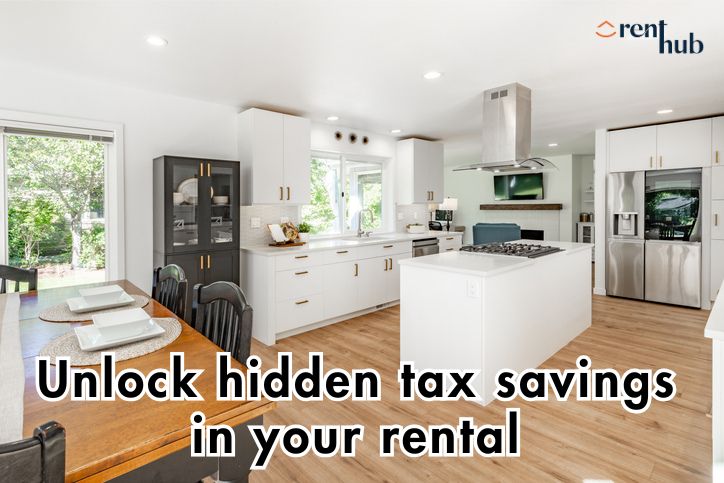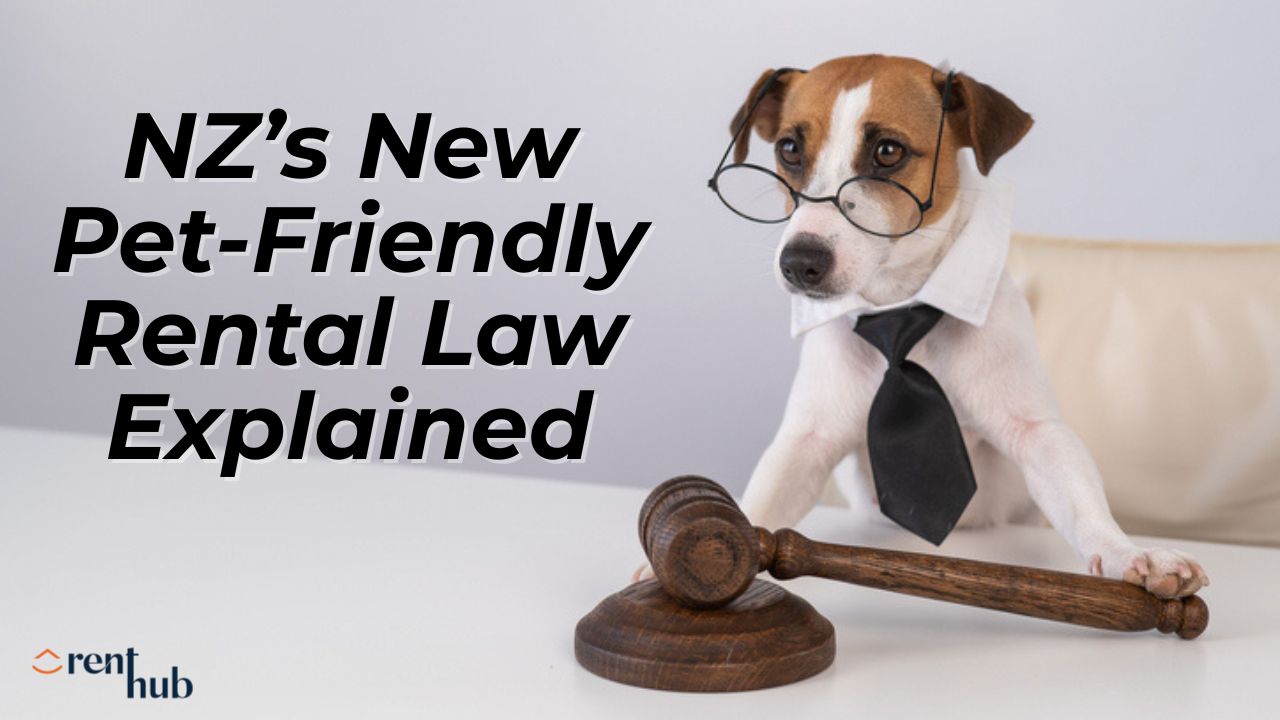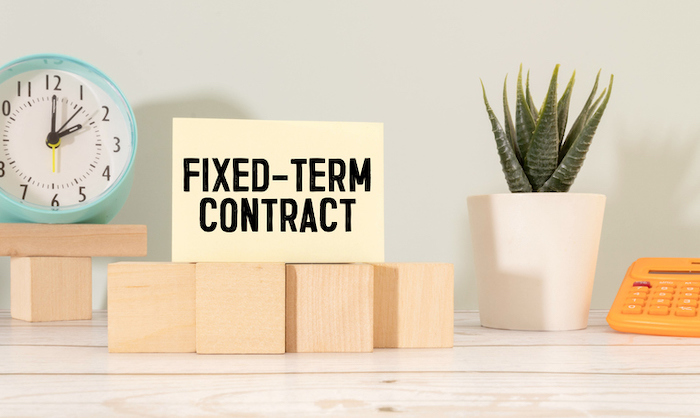Recently I was drying my hair when all of a sudden my earring flew of my ear and went down the bathroom plughole…..oh no I said (actually I said a lot more than that).
Completing regular property inspections saves you having one of those ‘oh no’ moments.
When speaking to self managing landlords about what they like least about owning a property investment having to do regular routine inspections was at the top of their list.
In fact it’s not uncommon for a landlord that has a good tenant to not complete inspections at all.
Sadly by not scheduling regular inspections you not only compromise your insurance policy but run the risk of a small and generally easy issue escalating into a much bigger problem if not nipped in the bud early on.
So what type of property inspection should be done at your investment property?
There are four different types of inspections and each is completed slightly differently.
1 – Entry Inspection
This is a really detailed, thorough inspection of the property which can take2.5 to 3 hours to complete.
At this inspection every room is both documented and photographed including walls, floor, ceiling, windows. Note things such as stains on the carpet, crack in the window glass etc.
The report is then given to the tenant so that they have the opportunity to go through it and then sign to say they agree with the condition of the property when they move in.
This then gives you both a good starting point at the beginning of the tenancy.
2 – Exit inspection
This inspection is completed by you (or your agent) at the end of the tenancy. It’s best to complete this inspection when all the tenants belongings are out of the property (this is so you can then clearly see the condition of each room)..
At this inspection take the entry inspection report with you and compare the condition of the property when they moved in to the condition it is now.
Tip: I always find it easier to complete this inspection without the tenant being present so that you can have a good look around and check the property thoroughly.
Document any damage to the property and also take photos just in case you end up in a dispute.
3 – Routine Inspections
Do you remember when you lived at home and one of your parents said “I’m coming to check how clean your room is!”
For tenants, when they get their inspection notice, it can feel like just like that. So keep in mind that you aren’t there to check how tidy your tenant is. What you are there to do is to check how your tenant is treating the property, how clean the property is and are looking for any maintenance or damage that needs to be repaired before getting worse.
Routine inspections are also a good opportunity for your tenant to show you anything that may need to be fixed.
4 – Drive by Inspections
Drive by inspections are great for checking that the lawns are being maintained, there is nothing such as broken down cards, unpermitted pets or extra cars at the property. If you notice something take photos for your records and then send the tenant a breach notice to let them know you are aware that there is an issue.
So, how often should routine inspections be completed?
Check your Insurance policy but most insurance companies have written in the small print that routine inspections have to be completed everythree months.
You also need to give your tenant a minimum of 48 hours notice prior to completing the inspection. Having said that most tenants appreciate as much notice as possible so our recommendation is to let them know one to two weeks before.
Tip: It’s a good idea to schedule your first routine inspection around six weeks after a new tenant moves in. This way you can address any issues quickly and set the standard for how you like the property to be looked after.
Whatdo you look for when doing a routine property inspection?
Inside:
- Check under sinks for any leaks
- Check laundry taps are secure and there are no leaks
- Look for any mattress on the carpet, if there is no air movement between the carpet and mattress it can cause damage to the carpet.
- Check smoke alarms are working
- Walls, small marks and scratches are normal wear and tear but if there are holes or gouges it’s a good idea to bring them to the tenants attention now rather than waiting till the end of the tenancy
- Check all window latches work and that there are no cracks in the glass
- Are all the lights and light switches working
- Check oven and hobs are clean and rangehood filters are clean
Outside:
- Check that the lawns and gardens are being maintained (if this is the tenants responsibility)
- Check if there are any trees that need to be cut back
- Check that the gutters aren’t blocked
- Check in the garage to make sure there is no unexpected surprises
- Check that rubbish is removed before the inspection takes place
Pets:
- Check that there is no damage to the property from pets (eg scratched doors)
- Check that there is no urine stains on carpet
- Check that all droppings both inside and outside have been picked up
Inspecting your property regularly will assist with addressing repairs and maintenance issues to ensure your property is maintained to a good standard. It will also mean that you can budget for maintenance that isn’t urgent.
If you’re a self managing owner and would like an experienced property manager to complete your property inspections, just give us a call on 09 630 2655 and we’ll discuss your options



